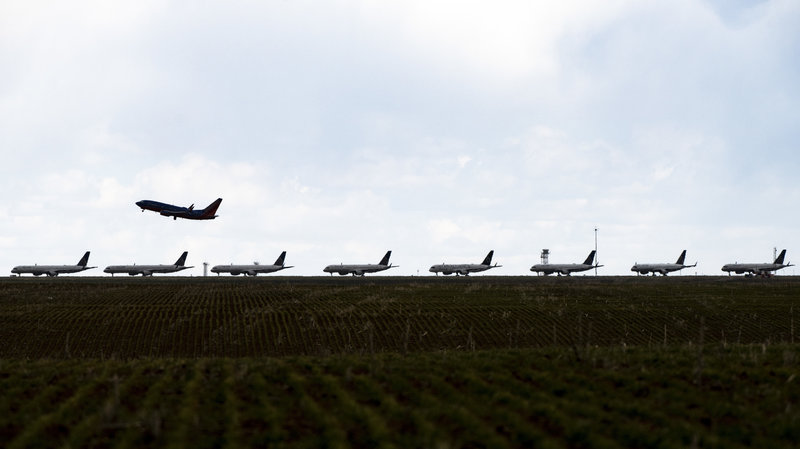On December 28, 2020, the Environmental Protection Agency (EPA) announced that new aircraft emissions regulation measures were nearing finalization. Initially introduced in July, the rules aim to bring the U.S. in line with international standards for limiting pollution from commercial aviation. While the EPA has emphasized that the regulations are designed to keep U.S. aircraft manufacturing globally competitive, critics argue they fall short in addressing climate change.
These new guidelines mark the first time the U.S. has attempted to formally regulate greenhouse gas emissions from commercial aircraft. Under the proposed rules, aircraft manufacturers must design fuel-efficient engines that emit less carbon dioxide. The regulations primarily target new aircraft models to be sold to commercial airlines beginning in 2028. According to the EPA, many new aircraft already comply with the outlined standards, raising concerns among environmental advocates about the rules’ effectiveness.
A report by Reuters noted that the EPA has not projected any specific reductions in emissions as a result of the regulations. Furthermore, the rules do not appear to incentivize manufacturers to pursue significant technical advancements. The New York Times reported that the policy’s introduction allowed the U.S. to avoid legal challenges demanding stricter environmental oversight of the aviation industry.
Commercial aviation accounts for roughly 3% of total greenhouse gas emissions in the United States. Until now, it had remained largely unregulated in this regard. While industry groups like Airlines for America and manufacturers such as Boeing praised the EPA’s approach as a meaningful step toward sustainable aviation, others strongly disagreed.
Nancy Young, Vice President of Environmental Affairs at Airlines for America, stated that these standards help position the U.S. as a leader in environmentally responsible aviation while supporting the economy.
However, 11 states and numerous environmental organizations argue that the regulations don’t go far enough. Liz Jones, an attorney with the Center for Biological Diversity’s Climate Law Institute, called the rules “infuriating,” stating that many existing technologies could help modernize and decarbonize the aviation sector more aggressively.
As pressure mounts for the aviation industry to adopt meaningful changes, the debate over the impact and adequacy of this aircraft emissions regulation continues. Advocates for stronger climate policy are urging the EPA to revisit and enhance its approach to ensure that commercial aviation plays its part in global decarbonization efforts.
Photo Credit: Michael Ciaglo/Getty Images

